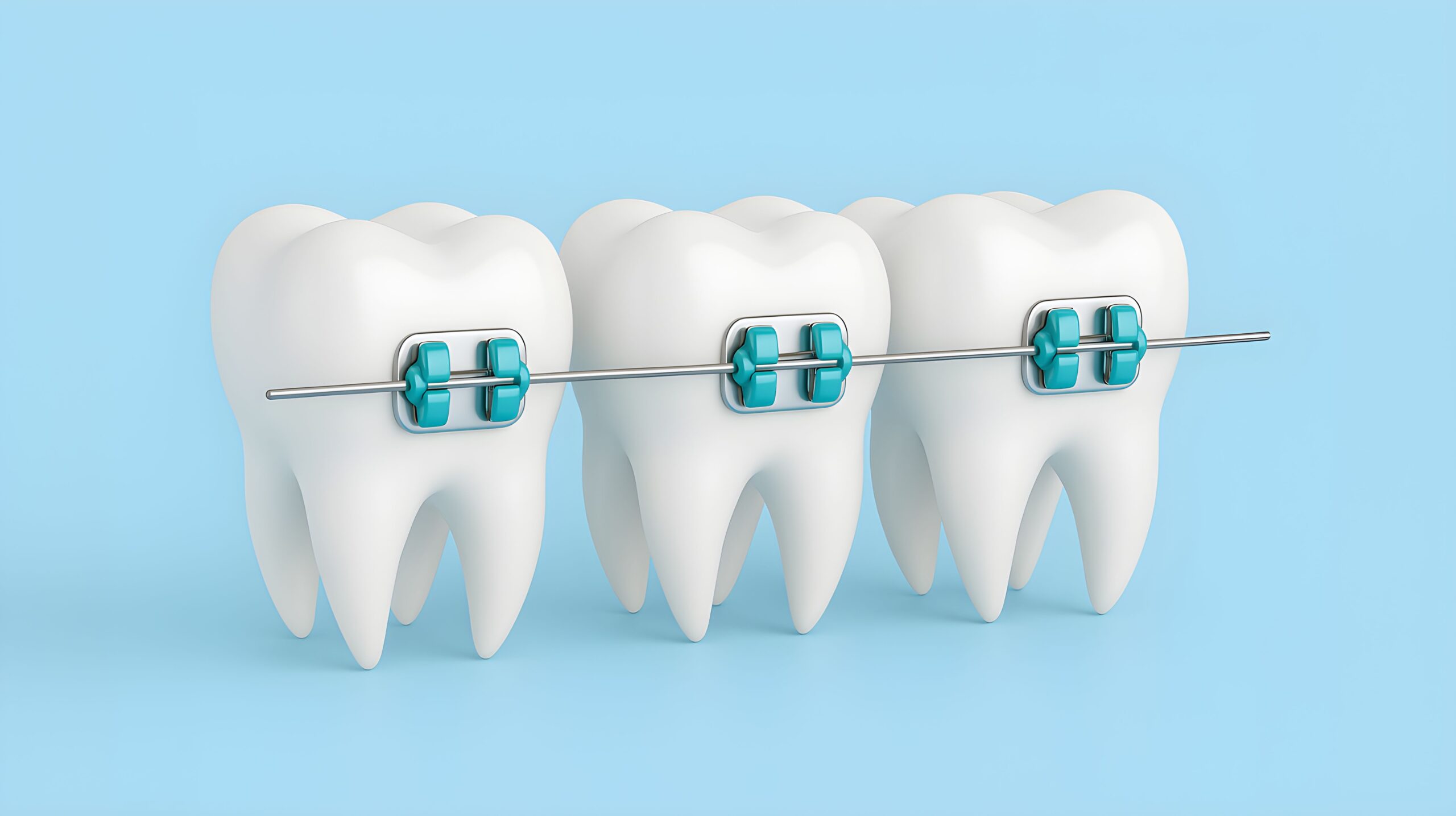 Scientists estimate around 70% of people have at least a mild malocclusion, meaning some sort of crooked teeth or misaligned bite. In other words, a perfect bite and smile is the exception rather than the norm. So if you have a “bad” bite, don’t feel bad yourself. You’re in good company after all, and luckily, you live in an age where orthodontic treatment can fix just about any bite problems.
Scientists estimate around 70% of people have at least a mild malocclusion, meaning some sort of crooked teeth or misaligned bite. In other words, a perfect bite and smile is the exception rather than the norm. So if you have a “bad” bite, don’t feel bad yourself. You’re in good company after all, and luckily, you live in an age where orthodontic treatment can fix just about any bite problems.
What does an ideal bite look like? The upper teeth should overlap the lower teeth just slightly all around the U-shape of the mouth. If you don’t have that healthy bite, your bite is classified as an overbite, underbite, or crossbite:
Overbite
As mentioned, a healthy smile has a slight overbite in that the upper teeth will overlap the lower teeth a little. But a bite in which the upper jaw noticeably protrudes beyond the lower jaw is an overbite, or called an overjet when the protrusion passes a certain threshold. Sometimes the overbite is caused by the way the teeth are aligned, and sometimes it’s because of an issue with the overall jaw structure. Overbites, which are a rather common type of malocclusion, can cause speech problems like lisps, difficulty eating, jaw pain, and damage to teeth which leads to tooth decay
Overbites are often corrected by using braces in conjunction with rubber bands or springs that pull the jaw into place over a period of many months. Overbite patients can also be candidates for Invisalign.
Underbite
Underbites are when the lower teeth protrude beyond the upper teeth. Like with overbites, underbites can lead to jaw pain and the uneven wearing of teeth, eventually causing issues with tooth decay. Likewise, underbites cause the teeth to erode more quickly than normal. About 10% of Americans have underbites, making them not as widespread as overbites but still fairly common.
Underbites are easiest to treat when caught early. Orthodontists often use a palatal expander as a child is growing into a teenager to widen the upper jaw and help it to fit better into the lower jaw. Another device sometimes used is a type of headgear called a reverse pull face mask. In more severe cases, an oral surgeon will break the lower jaw and reset it farther back with medical hardware.
Crossbite
Crossbites, a more complex situation than either overbites or underbites, happen when the upper teeth on one side end up on the inside of the lower teeth when the jaw is closed. Crossbites can cause significant wear on the teeth, leading to gum disease or bone loss. Crossbites may be inherited, but they can also be caused or worsened by poor oral habits like thumbsucking.
As far as orthodontic problems go, crossbites are fairly serious and should be treated young. Often treatments can begin as young as age 7, and early treatment makes the problem easier and less expensive to correct. Various retainers and appliances are used to treat this condition.

Hello! I’m Dr. Kevin Lee, a certified orthodontic specialist at PacificWest Dental Group, proudly serving the vibrant communities of Vancouver and Surrey. My journey into orthodontics began back in high school. As a teenager wearing braces, I became fascinated by the intricate blend of art, engineering, and biology that defines this field. This early experience ignited a passion that has guided me throughout my career.
I pursued my academic journey at the University of British Columbia (UBC), where I earned a Bachelor of Science in Biochemistry in 2006, followed by a Doctor of Dental Medicine in 2011. After a year-long residency at Montefiore Medical Center in New York, I returned to UBC to complete a combined Master of Science in Craniofacial Biology and a Diploma in Orthodontics in 2015. That same year, I achieved certification from both the Royal College of Dentists of Canada and the American Board of Orthodontics.
With over a decade of clinical experience, I remain deeply committed to staying at the forefront of orthodontic advancements. At PacificWest Dental Group, we prioritize personalized treatment plans tailored to each patient’s unique needs, ensuring comfort and care every step of the way. Our goal is to help you achieve the smile you’ve always dreamed of in a welcoming and supportive environment.
Outside the clinic, I enjoy engaging with our community and staying active. Whether it’s through local events or outdoor activities, I believe in building strong relationships both inside and outside the office. I look forward to meeting you and working together to create a beautiful, confident smile.
Services we provide:
-Invisalign
-Braces
-Lingual Braces
-Digital treatment planning
-TMJ and headpain treatment
-Laser Therapy
-Sleep Apnea Oral Appliance
-Dysport Cosmetic Injectables









